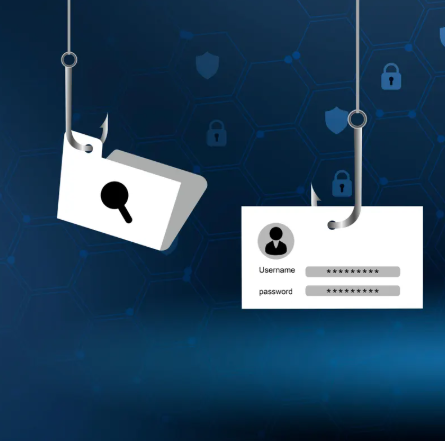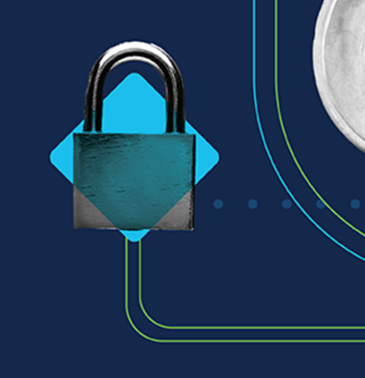
As cybersecurity threats become increasingly complex and widespread, businesses are looking for new methods to manage risk and control access to their digital resources. One strategy gaining traction is geo-blocking, which involves restricting or permitting access to systems based on the user’s geographic location. Although not a one-size-fits-all solution, geo-blocking can be an effective tool for safeguarding sensitive data, meeting compliance requirements, and enhancing overall security when implemented thoughtfully.
What Is Geo-Blocking and How Does It Work?
Geo-blocking relies on the use of IP addresses to determine the geographical location of a user. By establishing specific rules, businesses can decide which countries, regions, or IP ranges can access their resources. For example, if your business doesn’t operate in certain regions with high levels of cyber threats, you can block all traffic from those areas to reduce the risk of unauthorized access.
Did You Know?
Companies using geo-blocking have reported a 35% decrease in malicious traffic and unauthorized login attempts within the first few months of implementation.
Why More Businesses Are Adopting Geo-Blocking
- Reducing Exposure to Global Cyber Threats
A large portion of cyberattacks originates from a few high-risk regions. By blocking unnecessary international traffic, businesses can significantly decrease the number of potential threats. - Ensuring Regulatory Compliance
Many industries require businesses to control where sensitive data is accessed from. Geo-blocking helps ensure compliance with regulations such as GDPR, HIPAA, and other data protection laws related to data sovereignty. - Securing Critical Systems
Geo-blocking adds an additional layer of defense for valuable systems, including databases, remote access portals, and financial platforms, making them harder to target from external sources. - Enhancing Network Performance and Cutting Costs
Limiting access to specific regions can reduce server load, minimize bot traffic, and improve overall network performance. This can help save resources and cut operational costs. - Improving Incident Response
Geo-blocking makes it easier to track suspicious activity to specific regions, allowing security teams to respond quickly and prioritize investigations.
When Geo-Blocking May Not Be Suitable
- Global Client Base
If your business serves customers worldwide, broad geo-blocking could block legitimate users, potentially damaging customer relationships and hindering business operations. - Dependence on Remote Teams or Partners
For companies with remote workers or international vendors, geo-blocking must be carefully tailored to avoid disrupting operations or access for essential personnel. - Advanced Attackers Can Circumvent It
Determined hackers can bypass geo-blocking by using VPNs, proxies, or compromised systems in regions that are allowed access. While geo-blocking is a valuable tool, it should be used as part of a broader security strategy.
Best Practices for Implementing Geo-Blocking in Your Business
- Perform a Risk Assessment
Analyze your business’s digital presence, potential threats, and operational needs to determine which regions need to be blocked or closely monitored. - Use Granular Blocking Policies
Rather than applying blanket geo-blocking, create policies that allow exceptions for trusted users or IP addresses to maintain flexibility while still enforcing security. - Regularly Monitor and Adjust
Cyber threats and business needs evolve, so it’s important to regularly monitor traffic and review geo-blocking policies to ensure they remain effective and up to date. - Combine Geo-Blocking with Other Security Measures
For a more robust defense, use geo-blocking in combination with firewalls, multi-factor authentication, encryption, and threat intelligence to create a multi-layered security framework. - Communicate with Your Stakeholders
If geo-blocking might affect users, partners, or clients, make sure to clearly communicate the policies and provide alternative secure access methods where necessary.
Conclusion
Geo-blocking can be an effective way to reduce the risk of cyberattacks, improve compliance, and protect sensitive systems. However, it is not a one-size-fits-all solution and should be considered carefully in the context of your business’s needs. By adopting best practices and integrating geo-blocking with other security measures, you can strengthen your organization’s defenses while ensuring smooth and secure operations.






























































